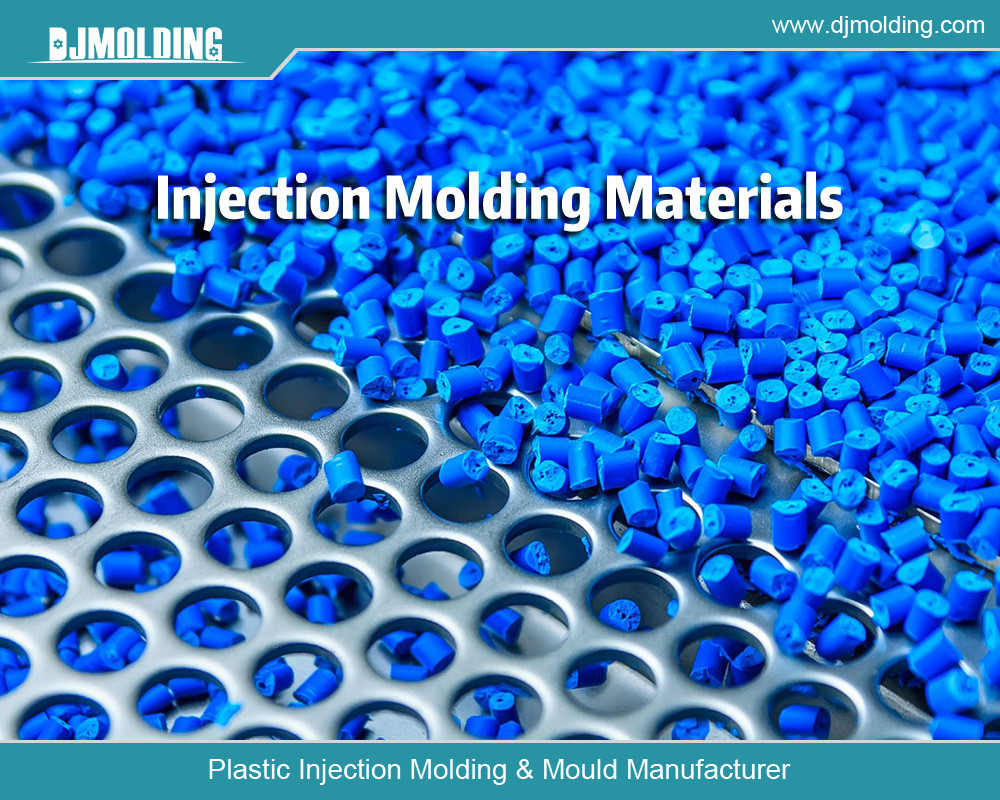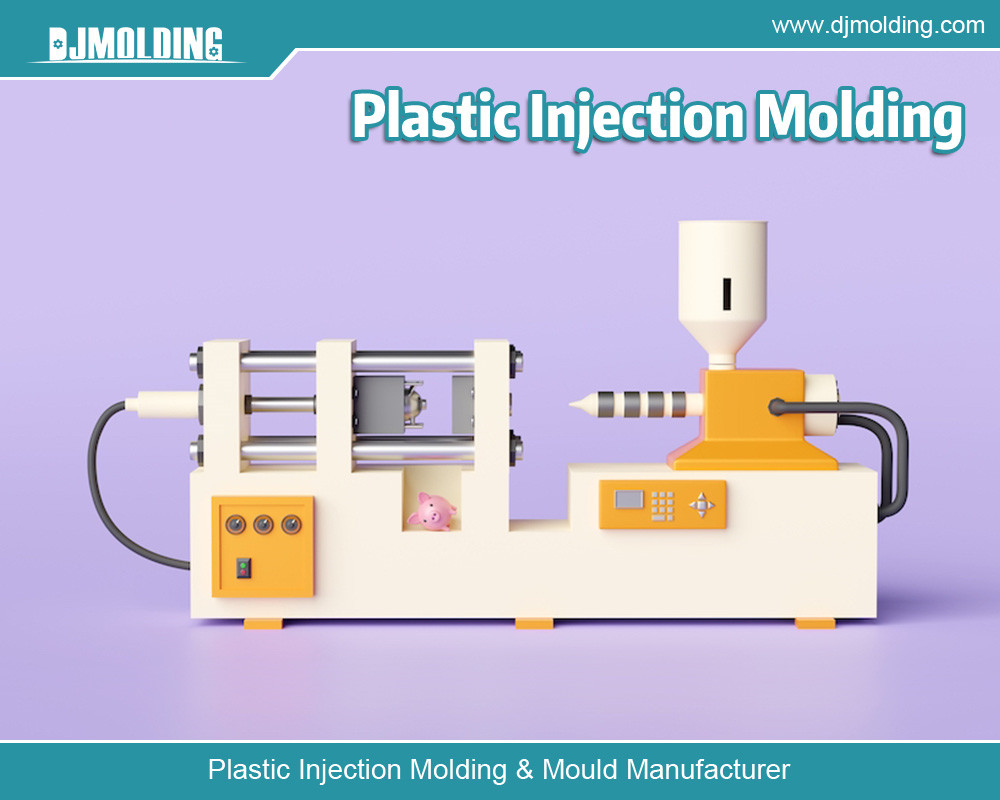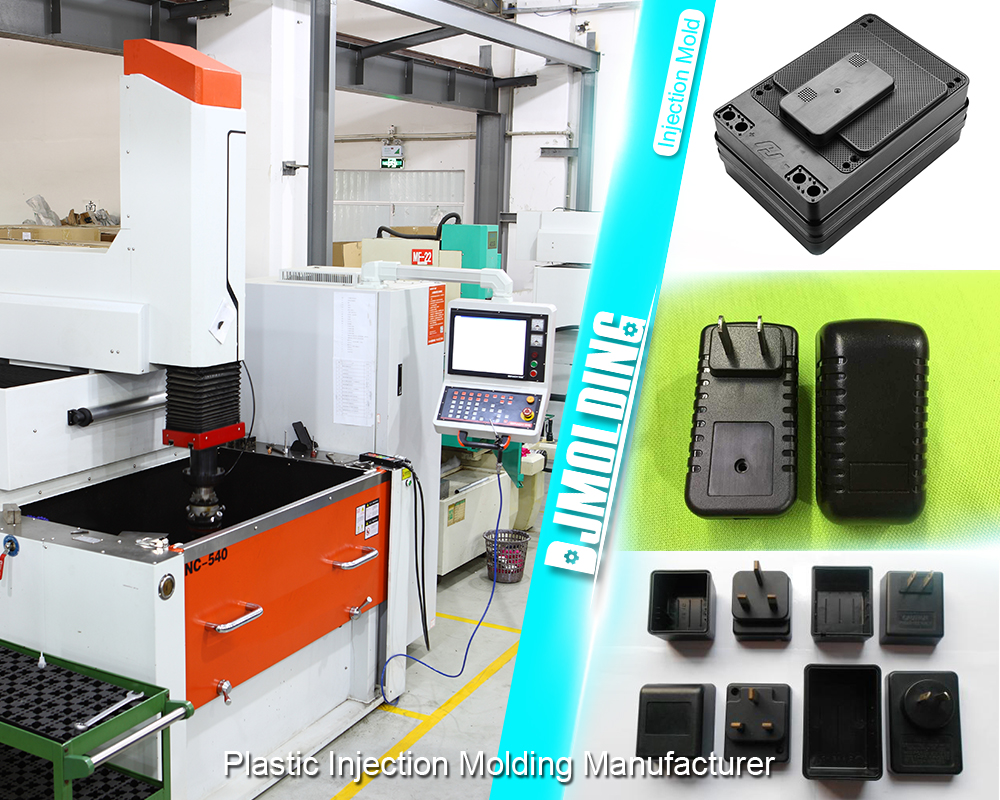The Ultimate Guide To Low-Volume Production Sheet Metal: Everything You Need to Know
The Ultimate Guide To Low-Volume Production Sheet Metal: Everything You Need to Know
Low-Volume Manufacturing: What Is It?
When we talk about low-volume manufacturing, we’re talking about production runs that output tens to thousands of parts. These days, mass production, the process of creating vast numbers of similar goods, is the foundation of the majority of conventional manufacturing techniques, like molding and shaping. For large-scale manufacturing (over 10,000 components), these methods are very cost-effective, but they necessitate standardization, costly technology, and tooling that infrequently permits product revisions.
Tooling may easily exceed $10,000 or more for mass manufacturing methods like injection molding, and it can delay production schedules by several weeks or months. Manufacturers can use high-volume orders in mass production to offset these high upfront capital requirements because the cost per part goes down as the costs are split across thousands of parts. Mass manufacturing techniques are designed to produce identical components in huge quantities, which limits the economic viability of generating highly customized or specialized pieces.
In contrast, bespoke manufacture, commonly referred to as high-mix low-volume (HMLV) production, is the manual production of objects based on precise requirements that is typically carried out in small workshops. Custom items have a higher cost per part as a result of the larger percentage of manual effort and the lower throughput. Mass customization, or producing vast quantities of uniquely customized things, has rarely been economically feasible for the same reasons.
Advantages of a low-volume manufacturing process
The following are some advantages of low-volume manufacturing:
Reduce costs by doing away with pricey tooling that requires minimum orders to offset it, lowering entry barriers into the market, and encouraging innovation.

Speed: In order to beat your rivals to market, shorten development schedules and cut down on months-long waits for manufacturing to a few days or weeks.
Flexibility: handle production issues, react to consumer input, swiftly iterate goods, and apply design modifications all at a reasonable cost.
Customization: Provide consumers with the option of customization and produce goods with never-before-seen levels of design freedom, including complicated sections made of organic, latticed, or other complex shapes at no extra cost.
Control: Utilize local, on-demand production to tighten supply chains, cut lead times, and minimize part or sub component stocks in order to quickly adapt to shifting company needs.
Low-Volume Manufacturing Situations
Manufacturers are under constant pressure to innovate, enhance quality, and reduce costs in order to maintain their competitiveness and optimize profits. Let’s examine several low-volume production scenarios, from minimizing supply chain bottlenecks to crossing the gap between prototype and mass production.
Personalization
Customers today are investing greater amounts of time and money in finding goods that meet their unique demands and specifications. To keep up with demand, more options for tailored, personalized goods and experiences are required. Small-scale manufacturing can assist businesses in scaling customized goods for mass-market prospects without requiring them to make expensive tooling investments. Companies should reconsider how goods are produced and investigate fresh business strategies, such as mass customization, that enable them to better meet the wants of each unique client.
Product Development
Designers may create unique goods that are challenging to construct using conventional methods by pushing the limits of design complexity, optimizing structures, and customizing parts at no additional expense thanks to cutting-edge tools like 3D printing. With the use of 3D printers, you can make intricate parts and structures with characteristics like extensions, microchannels, and organic shapes that would be expensive or perhaps impractical to make with conventional manufacturing techniques. This opens up new design and engineering options by enabling the consolidation of multi-part assemblies, which reduces weight, strengthens weak links, and shortens assembly times.
Bridge Construction
A step in the process of developing new products that connects prototypes and production is called bridge manufacturing. Before moving to mass manufacturing, companies in all sectors can swiftly and cheaply make smaller batches of items by utilizing low-volume production. By utilizing pilot runs for pre-sales, market validation, or product testing prior to investing in costly tooling for mass production, they can lower the risks associated with mass production.
Supply Chain Hardiness
Bottlenecks in the global supply chain lengthen lead times and pose a serious risk to the time it takes to launch new products, customer happiness, and overall competitive edge. In times of scarcity, low-volume tools for manufacturing can be used for short-term production, enabling the speedy and economical manufacture of small quantities. By bringing manufacturing skills in-house, businesses may lower their reliance on outside suppliers, survive disruptions in transportation and geopolitical difficulties, and respond quickly to changes in the market.
Unused Parts
An OEM must have thousands of parts in stock to service customers who own legacy products and require replacements or repairs even after production of a certain model or product has stopped. Consumers who continue to utilize those outdated models in large quantities are frequently left without options if the OEM doesn’t produce and stock enough of these replacement parts. OEMs find it challenging to determine the precise number of parts to stock; whenever they overestimate, they face waste and storage problems; if they underestimate, customers get irate. By utilizing technologies such as 3D printing, manufacturers can convert from physical to digital inventory by producing spare parts internally. To manufacture parts on demand and replace missing or damaged items, only CAD drawings are kept on file.
Technologies for Additive Manufacturing in Low-Volume Production
3D printing technique
For many years, three-dimensional printing has been widely used in product development and prototyping. This developing technology is now being used extensively in manufacturing. Manufacturers are already using 3D printing’s versatility in the creation of goods to create fast tooling like injection-molded or thermoforming molds, as well as internal tools like puzzles, appliances, and other manufacturing aids.
CNC Equipment
The manufacturing techniques that use CNC (computer numerical control) instruments are subtractive. They begin with solid plastic, steel, or other material blocks of data, bars, or rods that have been sculpted by the removal of material using drilling, grinding, cutting, and boring techniques.

Quick Tooling
The term “rapid tooling” refers to a collection of methods for quickly, cheaply, and effectively fabricating tooling for conventional manufacturing processes like thermoforming, injection molding, or casting in order to produce parts in smaller quantities or on short notice.
For more about the ultimate guide to low-volume production sheet metal,you can pay a visit to Djmolding at https://www.djmolding.com/low-volume-injection-molding/ for more info.




